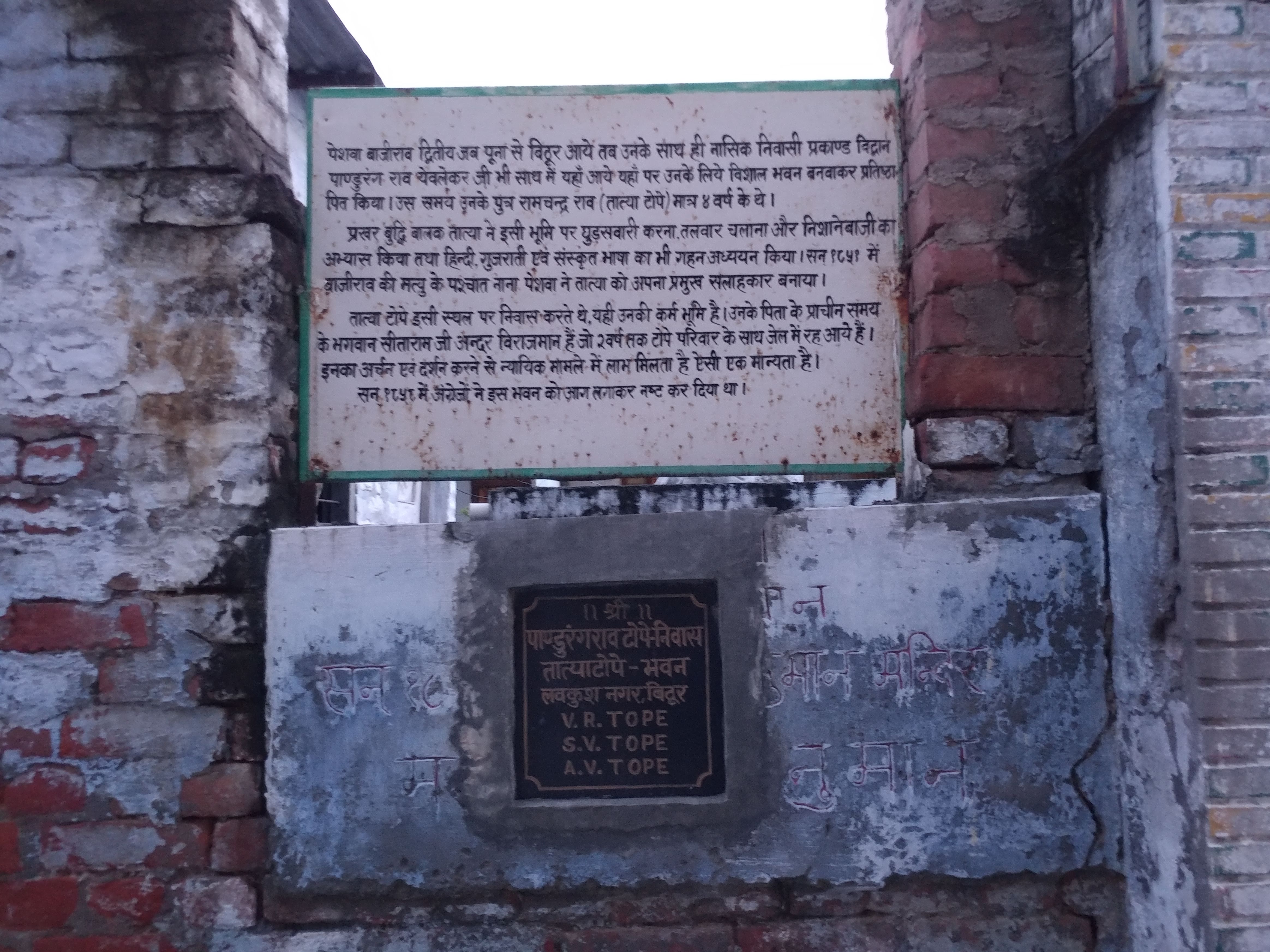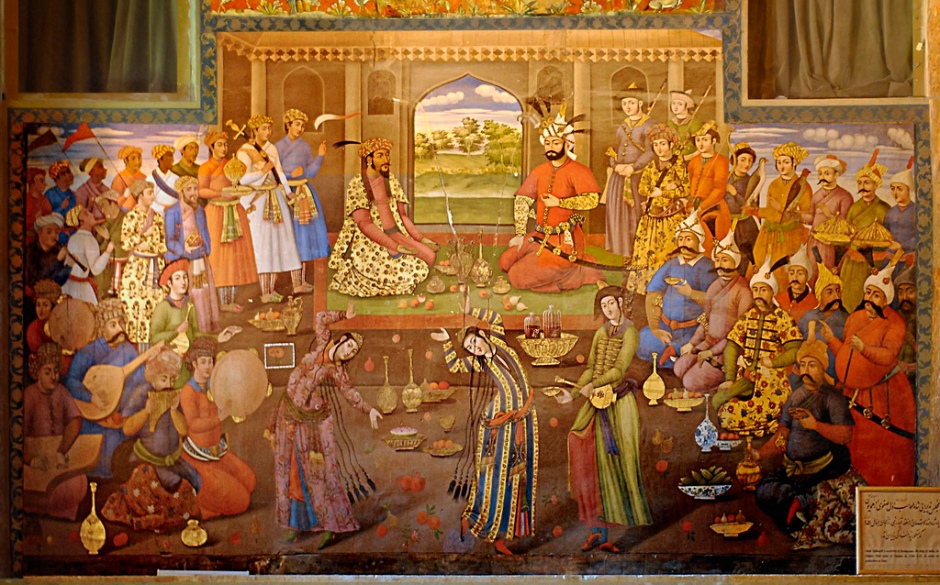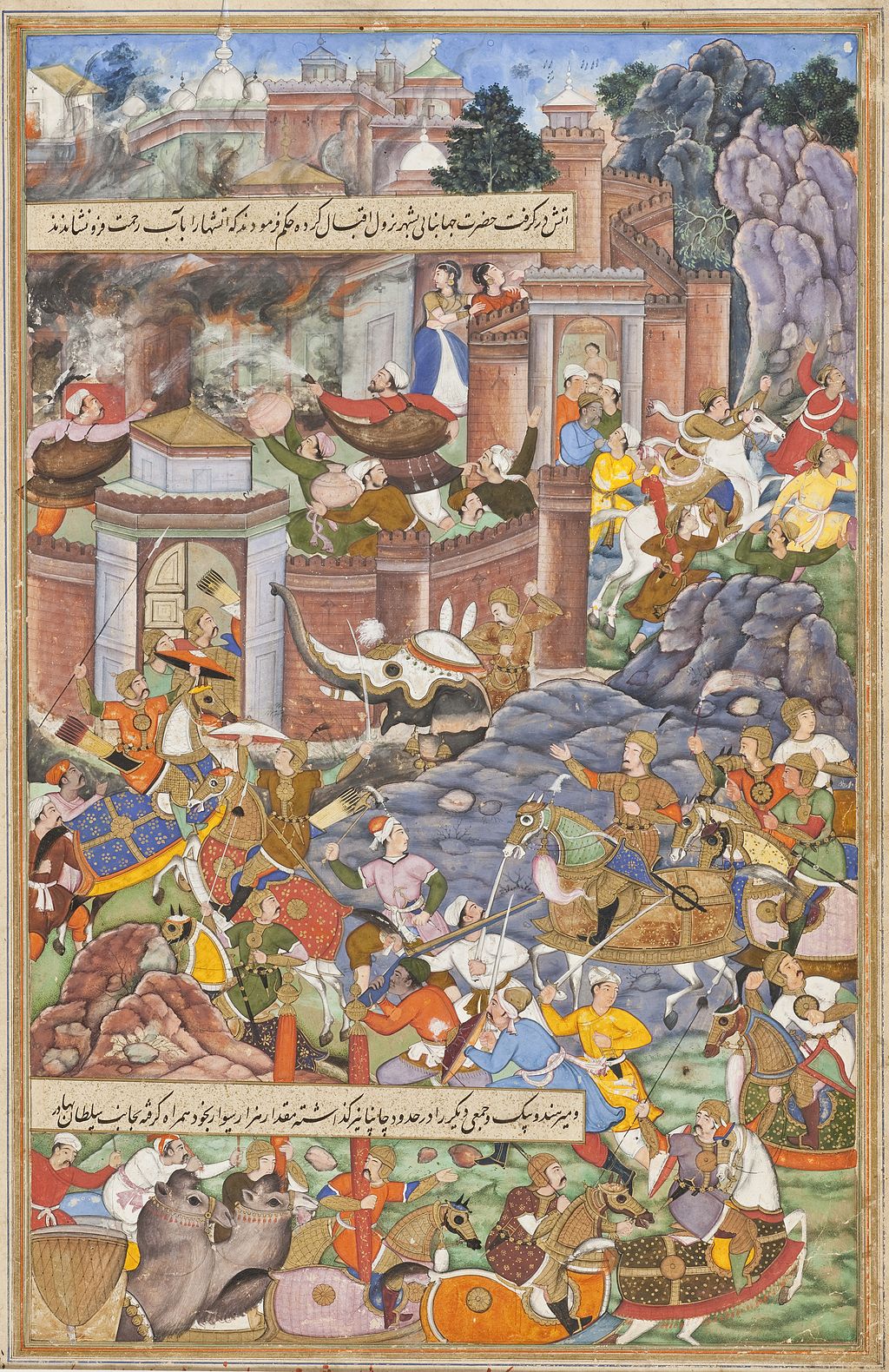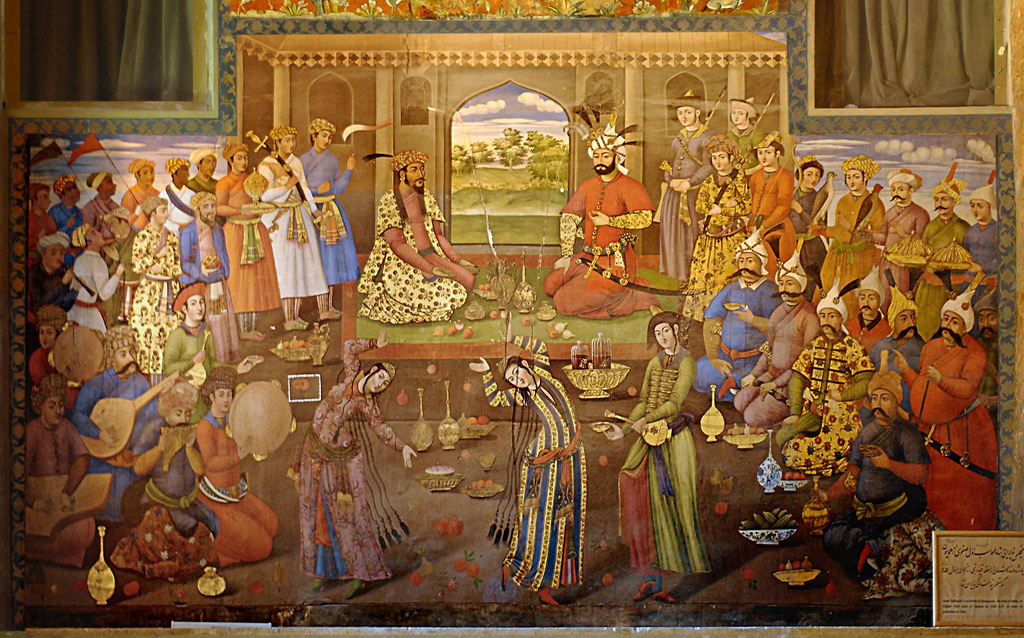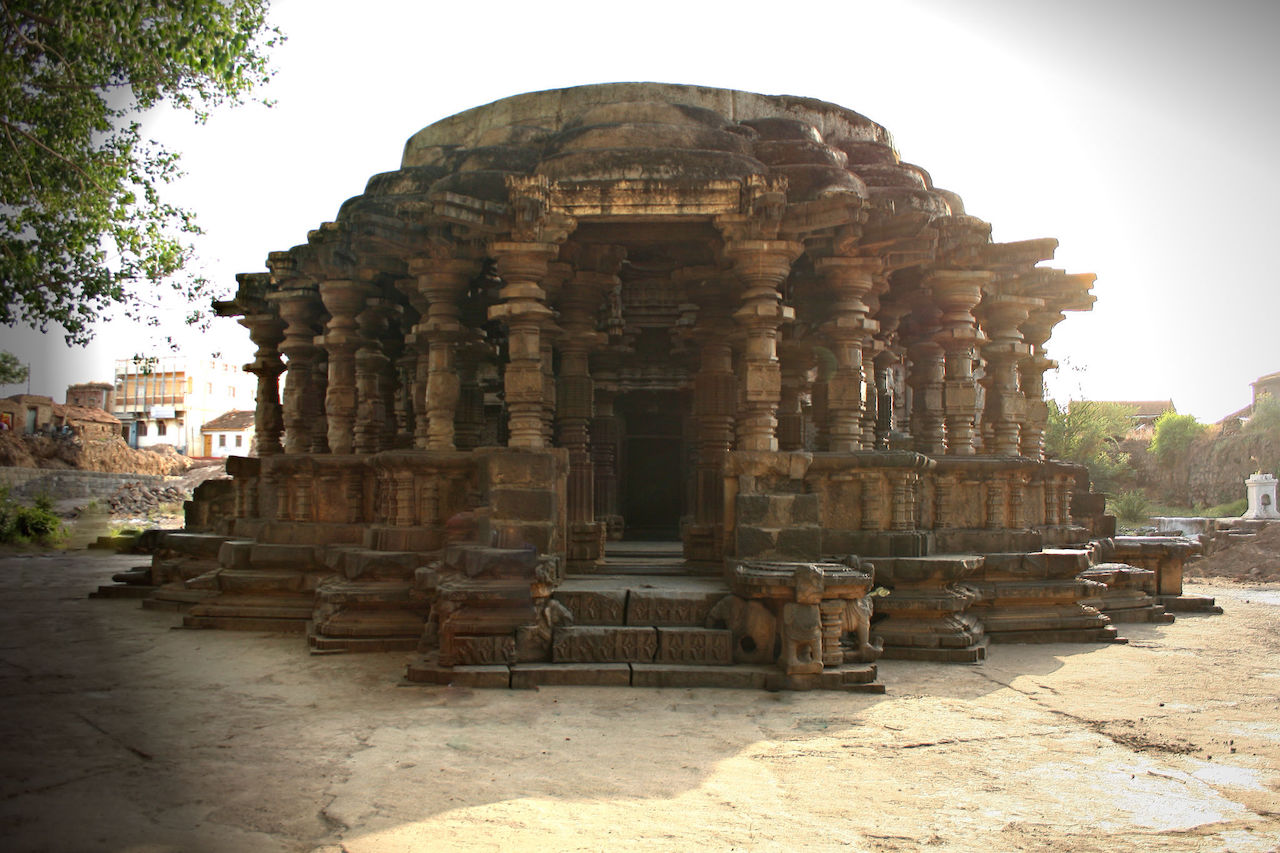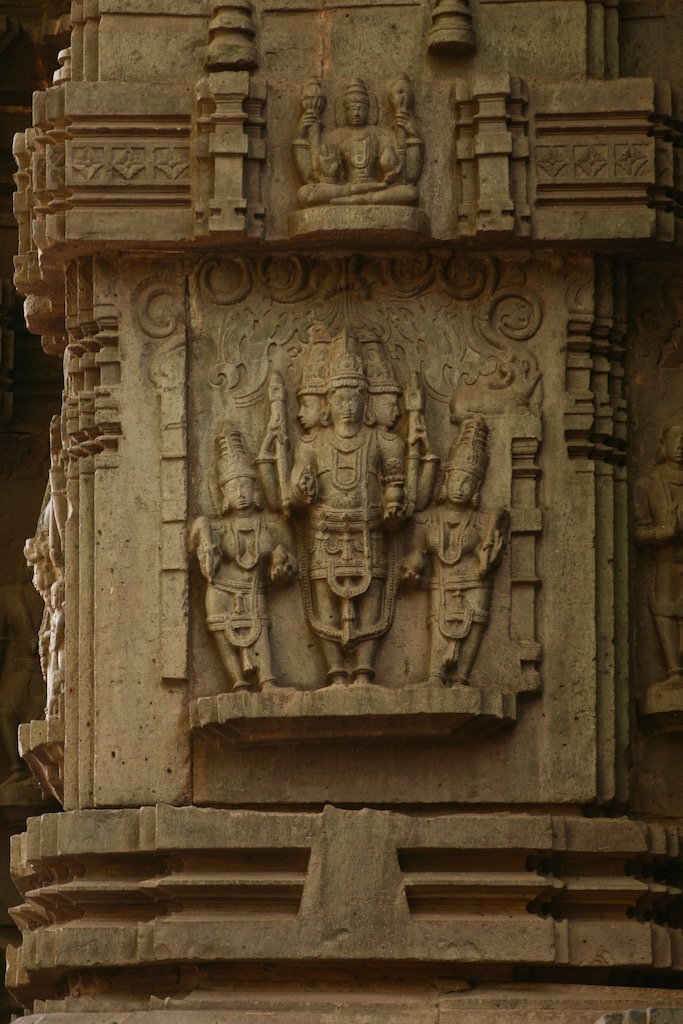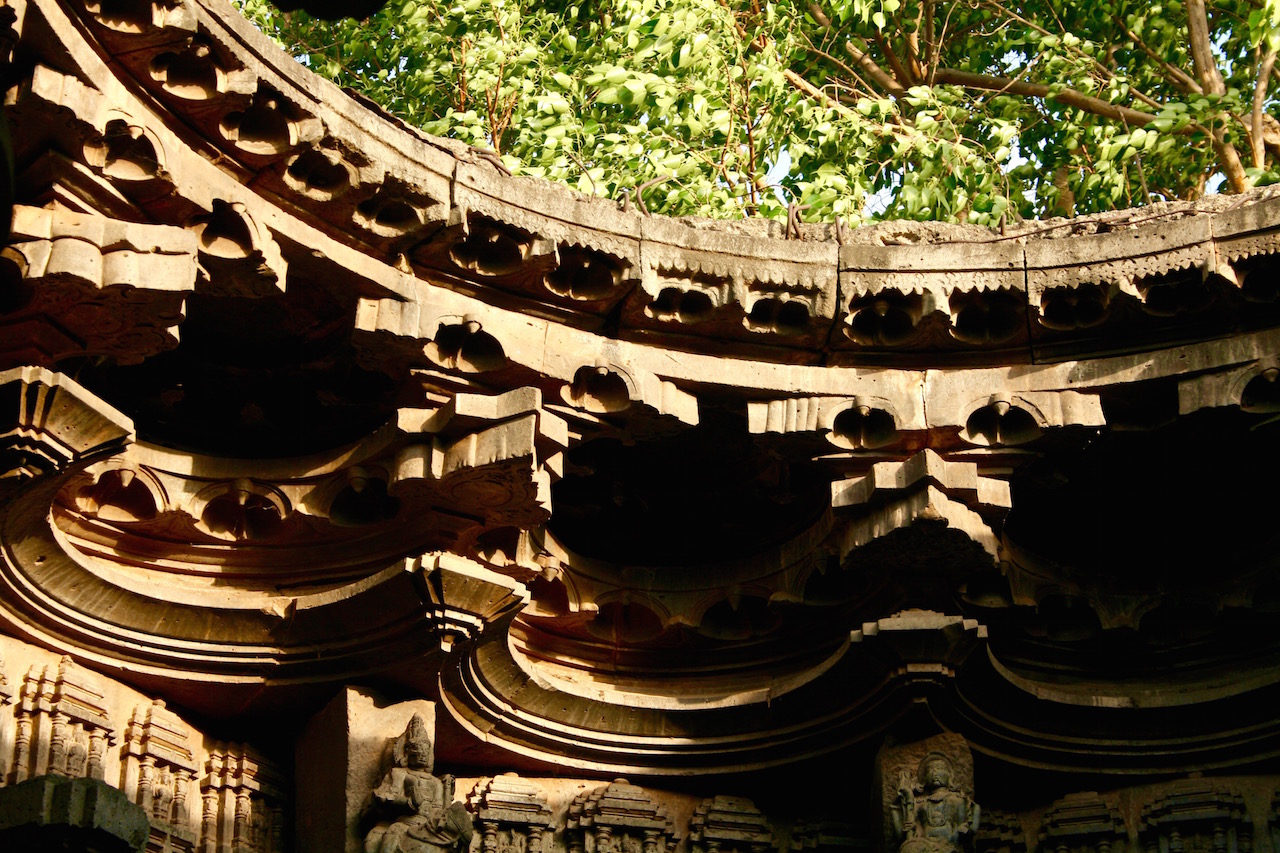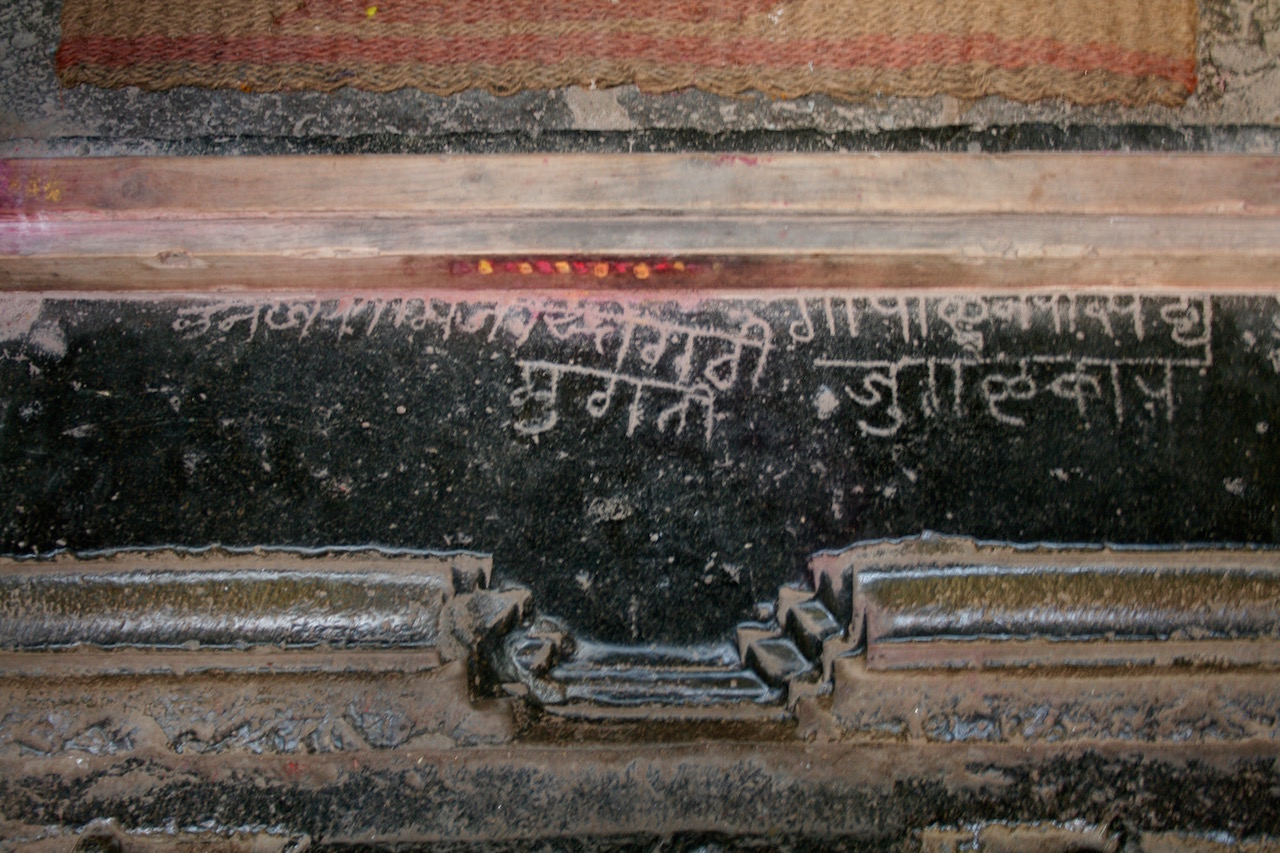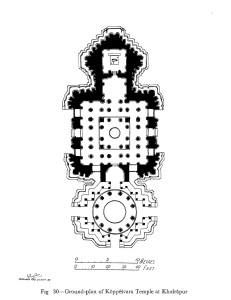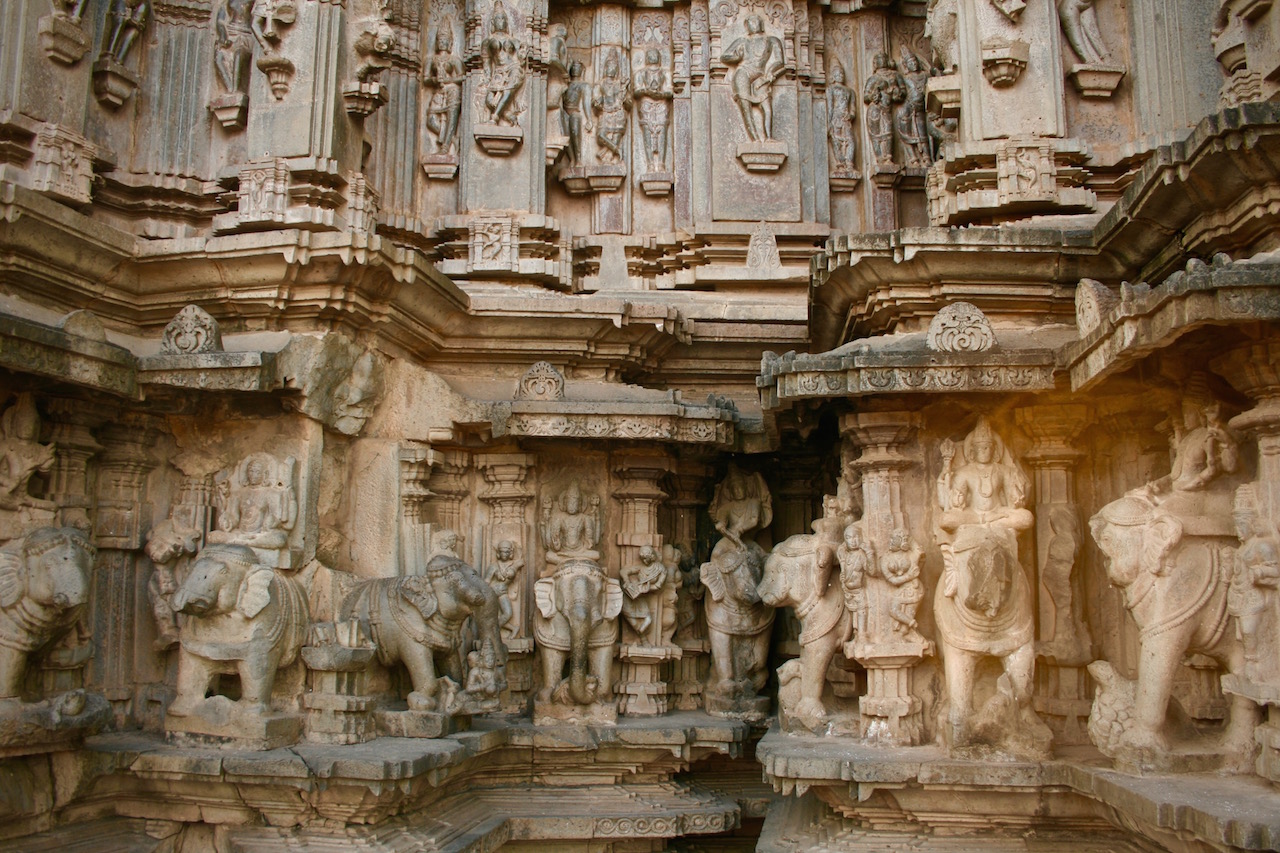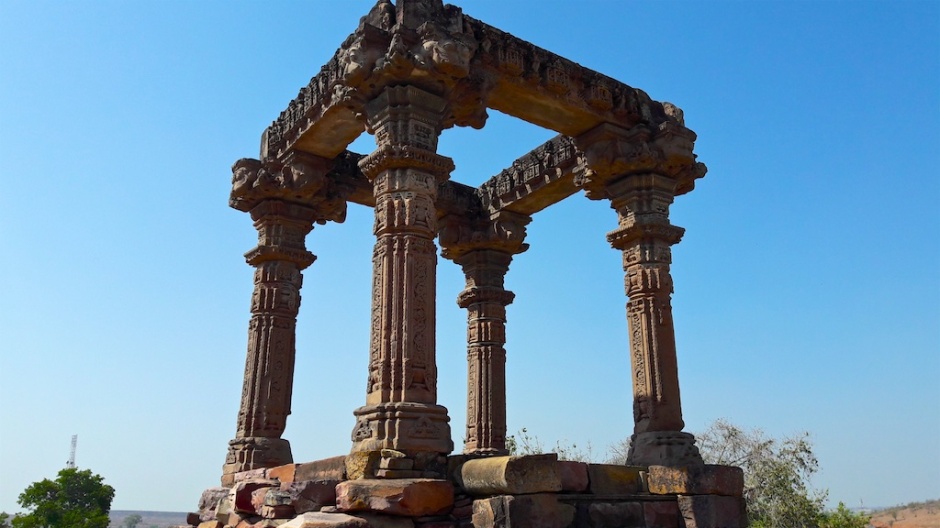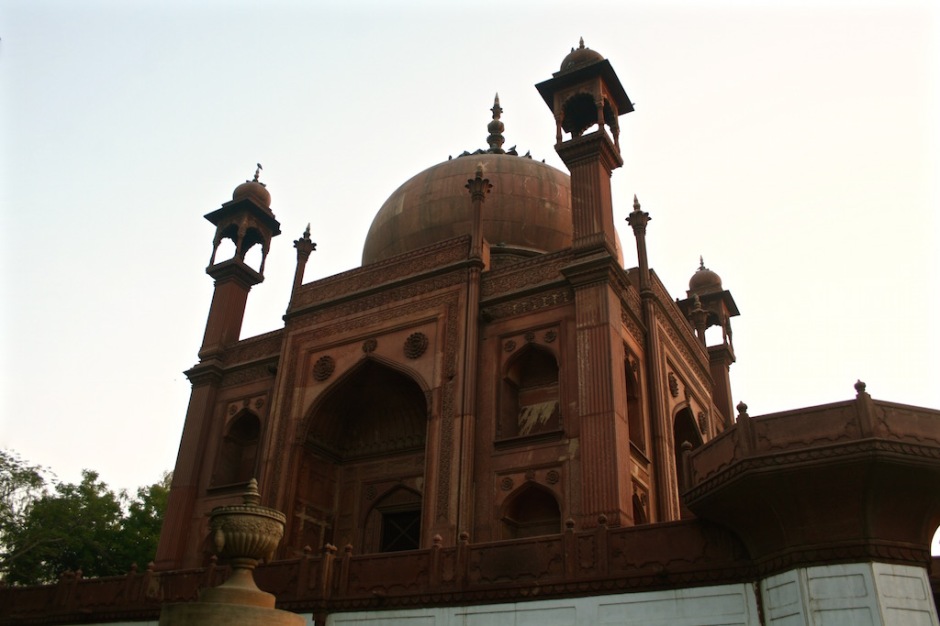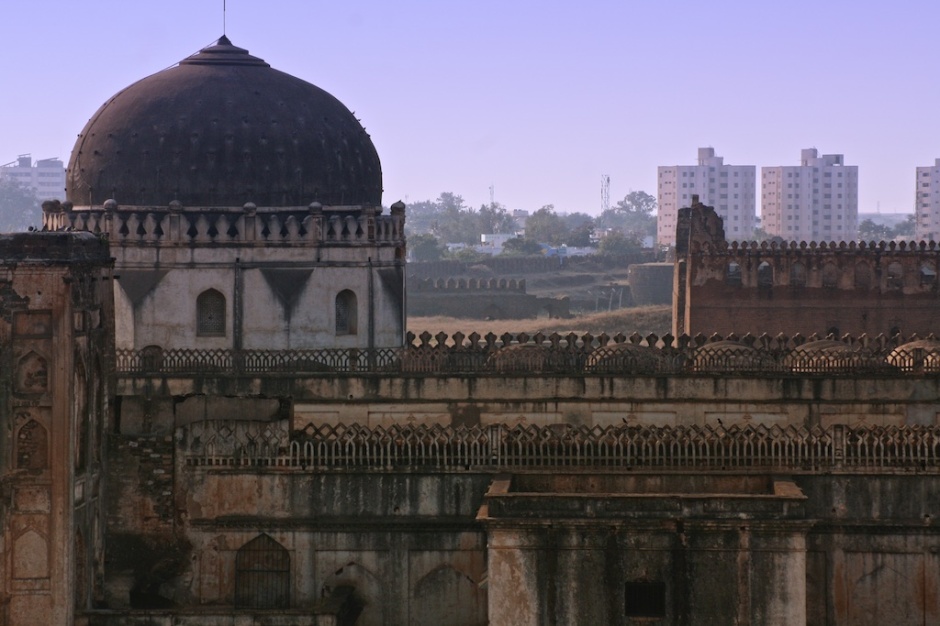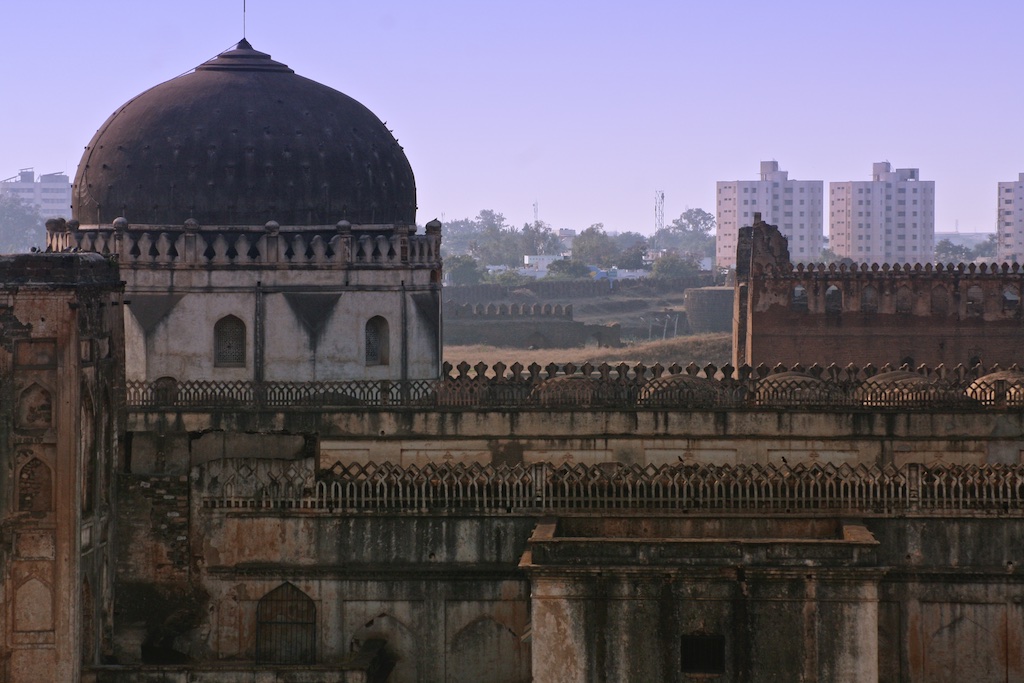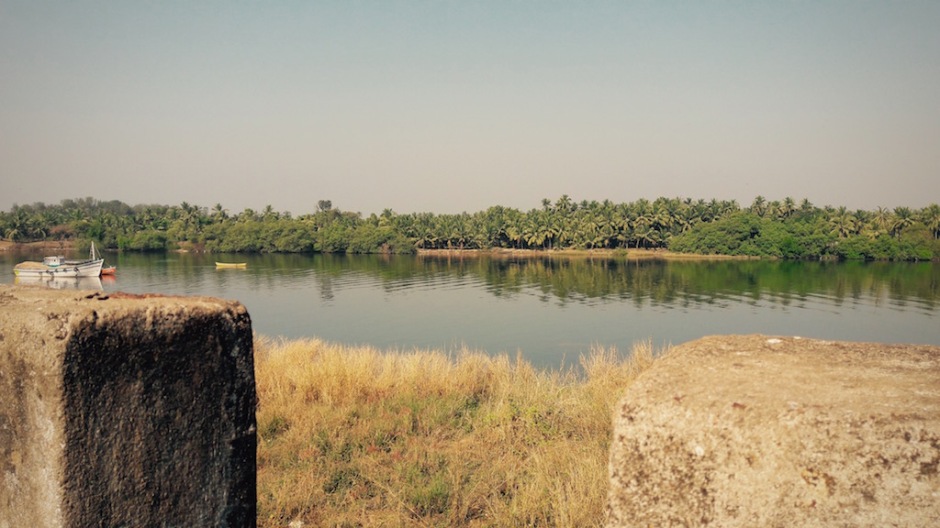For a few reasons, some obvious, some not, the history of the southern India is not mainstream in all of India. The history of this region is rich: not just in the events and places, but more than, if not equally, in art and architecture. There is enough material evidence to all of it, and the people north of, and south of the Vindhyas have interacted (in various circumstances, and to various results) quite often, through the ages.
From a popularity standpoint, the Vijayanagara Empire occupies common and broader historical awareness. The Chola Empire, perhaps less so. Much lesser – the dynasties of the Chera, Kakatiya, Pandya, and the Pallava.
The Keladi, even less so.
The Keladi Dynasty
The Keladi dynasty, which ruled from Keladi, Ikkeri, and Bidnur (modern Nagara, in the Shimoga district) , rose to prominence with the fall of Vijayanagara Empire, after the Battle of Talikota (Also, Rakkasagi-Tangadagi), in January 1565. The Keladis were loyal feudatories of the Vijayanagara Empire from 1499, and became independent in 1565. The dynasty came to an end in 1763, after the region was conquered by Hyder Ali. In these 260 years, the Keladi dynasty saw many dauntless and capable kings and queens, a development of architecture, and focus on learning and education.
The foundation of the dynasty was laid by Chaudappa, who hailed from Halliyabayalu, with support from his brother Bhadrappa. The two brothers raised a small army and exercised control over villages around Keladi, which immediately got the attention of Vijayanagara rulers and were summoned. The brothers offered their loyalty, and were allowed to administer the mountainous region around Keladi.
Region and Extent of the Keladi Kingdom
The approximate region under the control of the Keladis was the region referred to as Malenadu. All of Shivamoga (Shimoga) district, part of North Karnataka and the entire southern Karnataka, stretching to Kasargod, parts of Tumkur, Chitradurga, Chikmagalur, Hassan, Kodagu (Coorg) were under the ambit of the Keladis.
Keladi was the first capital of the Keladi Nayaka dynasty, which was later shifted to Ikkeri in 1560, and finally to Bidnur in 1639.
Keladis and the Marathas
Shahji and Veerabhadra Nayaka
Bijapur had signed a peace treaty with the Mughals, and was free to look for southward conquests. As a part of this treaty, Shahji, was now in the service of Bijapur. In one of the many southern expeditions of Bijapur, Ranadaullah Khan and Shahji besieged Ikkeri in 1637, forced Veerabhadra Nayaka to pay a heavy sum and cede a part of his kingdom. In 1639, the capital was shifted from Ikkeri to Bidnur (modern Nagara, in Shimoga district), possibly as a result of this attack.
Later, in 1664, after Shahji had assumed control of Bangalore, there was another inconclusive attack on the Keladis at their new capital — Bidnur.
Chh. Shivaji and Queen Chennamma
As part of his plan to contain the Portuguese power, Chh. Shivaji had sent Anaji Datto to the south in 1674 to capture Ponda from Bijapur. Chh. Shivaji himself started south to support him, in 1675, by land, while dispatching 40 vessels by sea to besiege Ponda, and captured it on 6 May 1675. While he was in this area, he was approached by Queen Chennamma, also known as the the Pepper Queen, against Timmanna Naik, who had rebelled. Chh. Shivaji readily accepted after applying the principle of chauth (a tax), which was agreed to by Keladi Chennamma, and Chh. Shivaji helped her during the civil war at Bidnur
Rajaram and Queen Chennamma
After the death of Sambhaji, Rajaram escaped the seige of Raigarh and moved south towards Gingee, in 1689, being chased by Auranzeb’s forces. He narrowly escaped near Tungabhadra and was given asylum by the gallant queen Keladi Chennama, who was supported by Chh. Shivaji, Rajaram’s father, in 1675. This help, needless to say, invoked the ire of Aurangzeb, who threatened her with dire consequences, unless she surrendered Rajaram to him. She paid no heed to this threat. The Mughal army, invaded in due course, but was defeated, though she suffered significant loss. (Portuguese sources however, state that the Queen had to surrender three forts and pay a huge fine)
This act enabled Rajaram to safely make it to Gingee, in late 1689.
According to P.S. Joshi,
“One shudders to think as to what would have been the fate of the Maratha State, had queen Chennammaji not given shelter and passage to Rajaram who was the only major surviving male of the house of Shivaji the Great, to face the onslaughts of Aurangzeb, and make him able to reach Jinji safely during the most critical period of Maratha history ”
Quarterly Journal of the Mythic Society, Vol. LX. Nos. 1-4 (April 1969-December 1969), “The literary sources from Karnataka for the History of Chhatrapati Rajaram (1689-1700 A.D.)”
Peshwa, Desai of Nargund and Somashekhara-III
By 1754, Bidnur was ruled by Queen Virammaji, a successful administrator. She had an adopted son, Somashekhara – III. Hyder Ali, emboldened by the defeat of the Marathas at the Third Battle of Panipat, attacked Bidnur in 1763 along with the Chitradurga Nayaka and took Queen Virammaji and Somashekhara – III captive at Madhugiri. This was the end of the glorious epoch of the Keladi dynasty.
In 1767, a Maratha army led by Madhav Rao Peshwa I, captured Madhugiri, released Veerammaji and her adopted son Somashekhara from prison. She died in the course of her journey to Poona, the Maratha capital. It appears that Somashekhara-III was kept under the protection of the Desai of Nargund.
References
- Gundajois, Keladi, The Glorious Keladi: History and Culture, 2011
- Vijayanagara Sexcentenary Commemoration Volume, 1936
- Kamath, Suryakanth U. Dr., A Concise History of Karnataka, 2015
- Abhishankar, K., Shimoga District Gazetteer, 1975
- Sardesai, G.S., New History of the Marathas, Volume 1, Shivaji and his line (1600-1707)
- Quarterly Journal of the Mythic Society, Vol. LX. Nos. 1-4 (April 1969-December 1969), “The literary sources from Karnataka for the History of Chhatrapati Rajaram (1689-1700 A.D.)”
- Srinivasachari, C.S., History of Gingee and its Rulers, 1943
- Mehta, J.L., Advanced Study in the History of Modern India 1707-1813


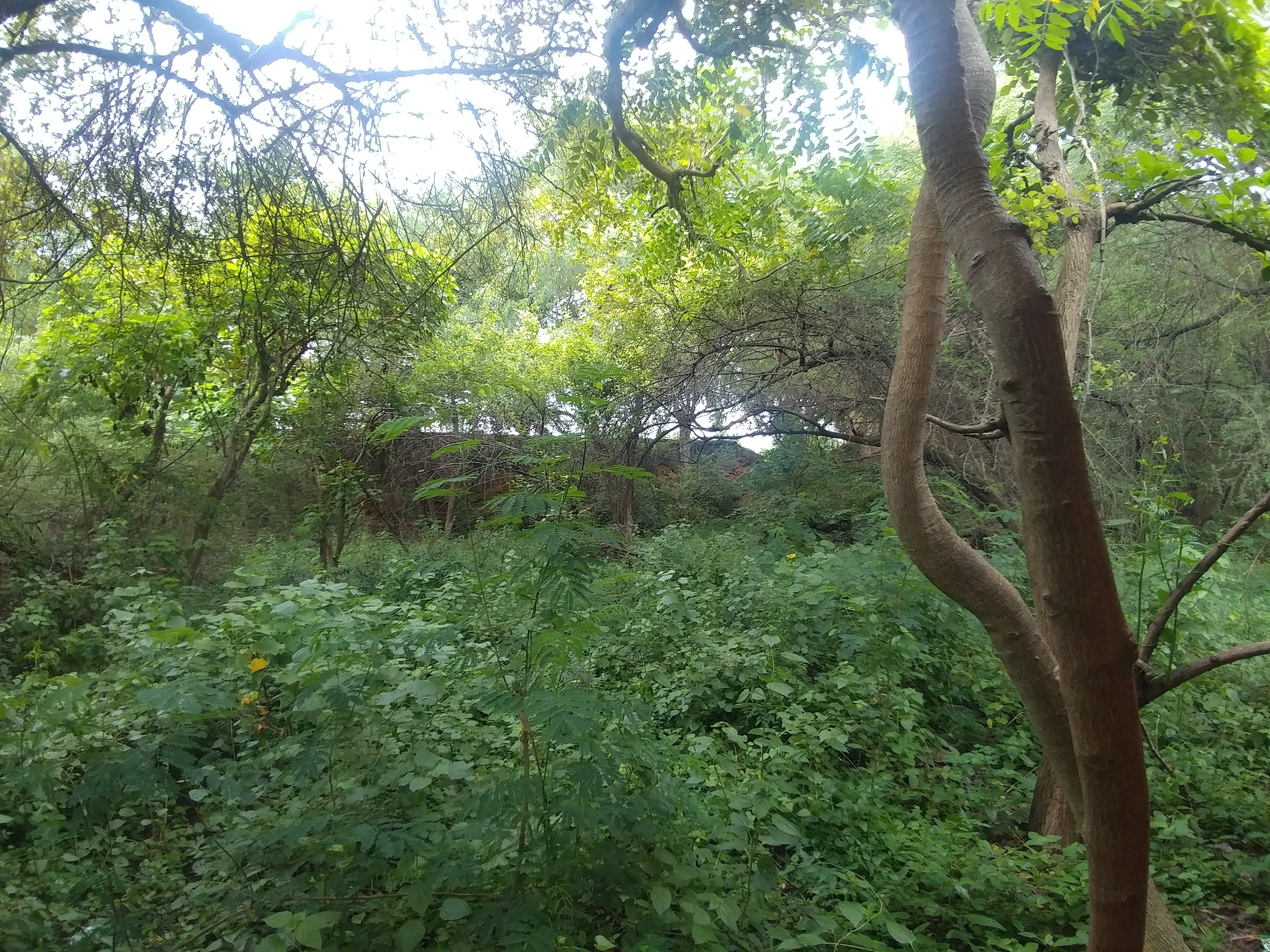
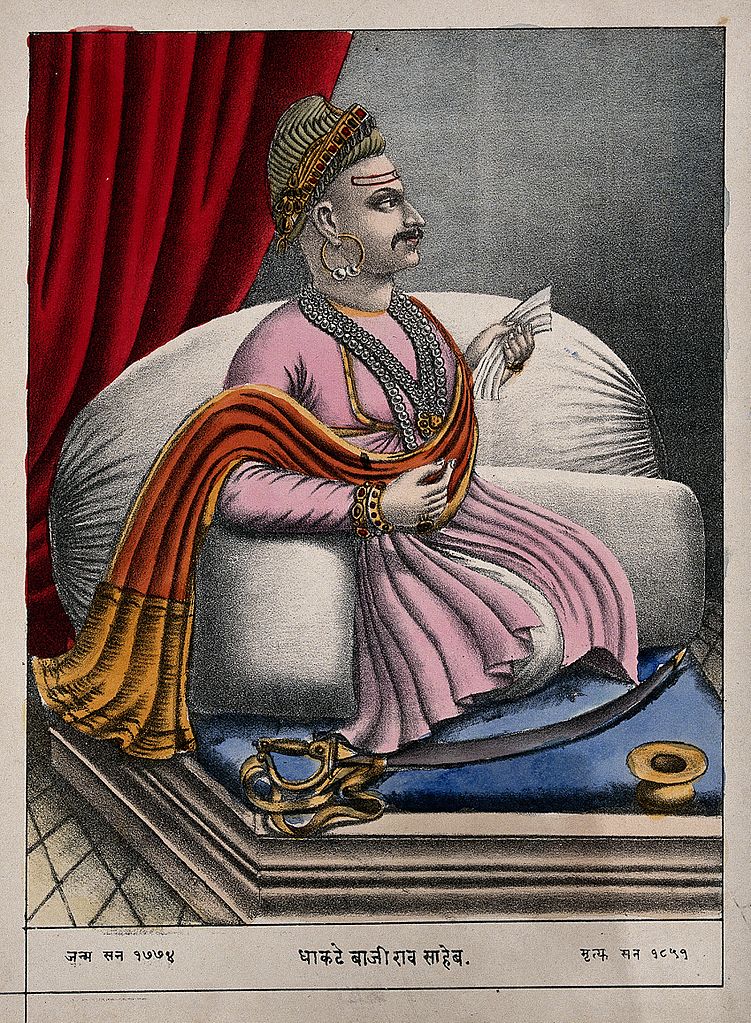
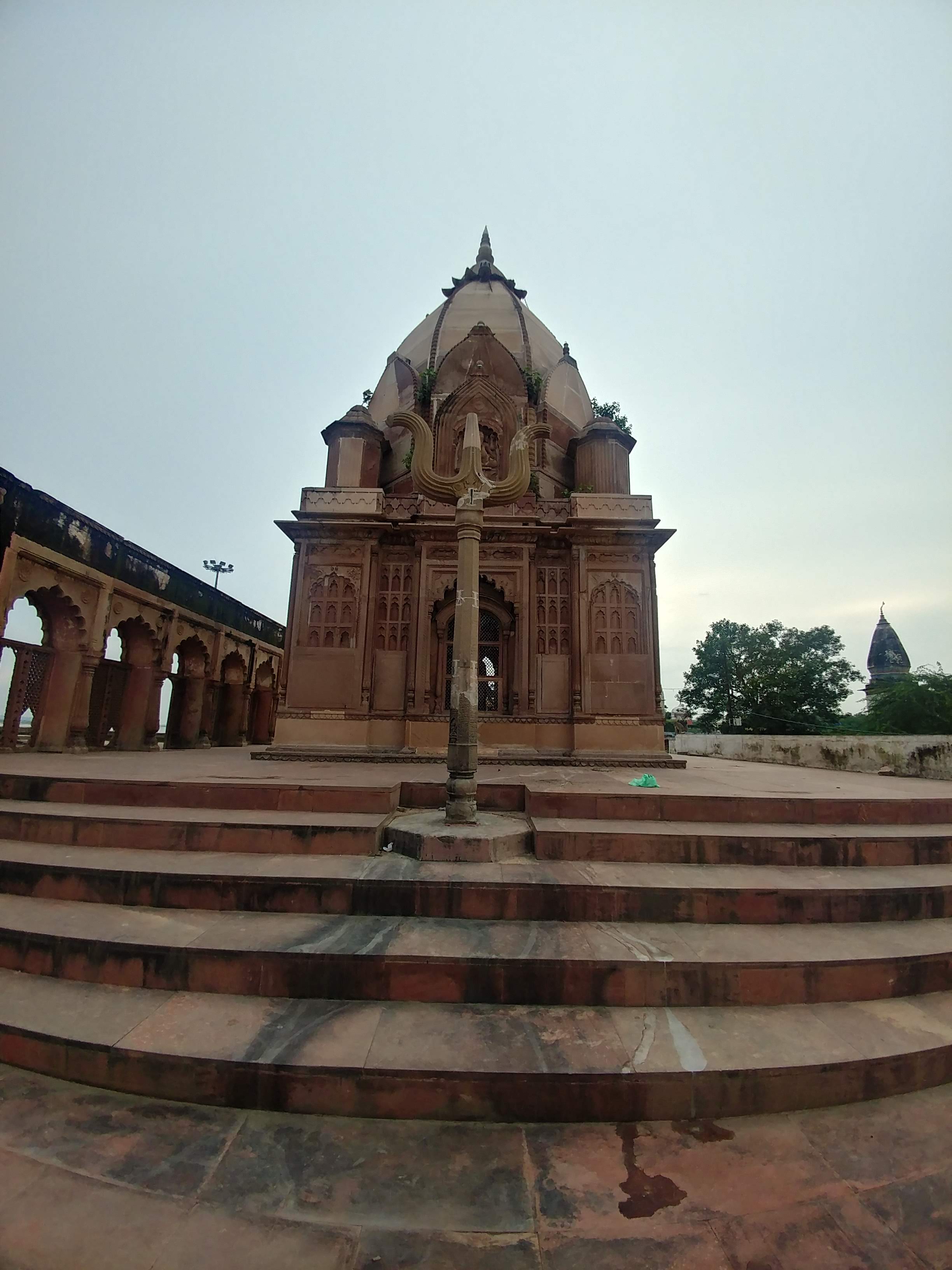 building public infrastructure. Stones from Mirzapur and wood from Patna were purchased for the construction of a temple, a ghat, a house for priests at Benares. Additional stones were procured from Mirzapur for a temple at Bithur. As of December 1837, the number of people living on the estate amounted to 7132, which included “500 sowers and 450 sepahis”. Ramchandra Pant, formerly a Subedar in Peshwa’s service in Carnatic, acted as his Dewan and held that position until Baji Rao’s death. Subedar Pant had commanded an army of 5000 in his earlier days and had fought against the British; had seen wounds in action, but in the changed circumstances, he was considered to be a trusted ally by British commissioners. Loans amounting to several lakhs were extended by the ex-Peshwa to the British, secured partly with some help from Ramchandra Pant.
building public infrastructure. Stones from Mirzapur and wood from Patna were purchased for the construction of a temple, a ghat, a house for priests at Benares. Additional stones were procured from Mirzapur for a temple at Bithur. As of December 1837, the number of people living on the estate amounted to 7132, which included “500 sowers and 450 sepahis”. Ramchandra Pant, formerly a Subedar in Peshwa’s service in Carnatic, acted as his Dewan and held that position until Baji Rao’s death. Subedar Pant had commanded an army of 5000 in his earlier days and had fought against the British; had seen wounds in action, but in the changed circumstances, he was considered to be a trusted ally by British commissioners. Loans amounting to several lakhs were extended by the ex-Peshwa to the British, secured partly with some help from Ramchandra Pant.